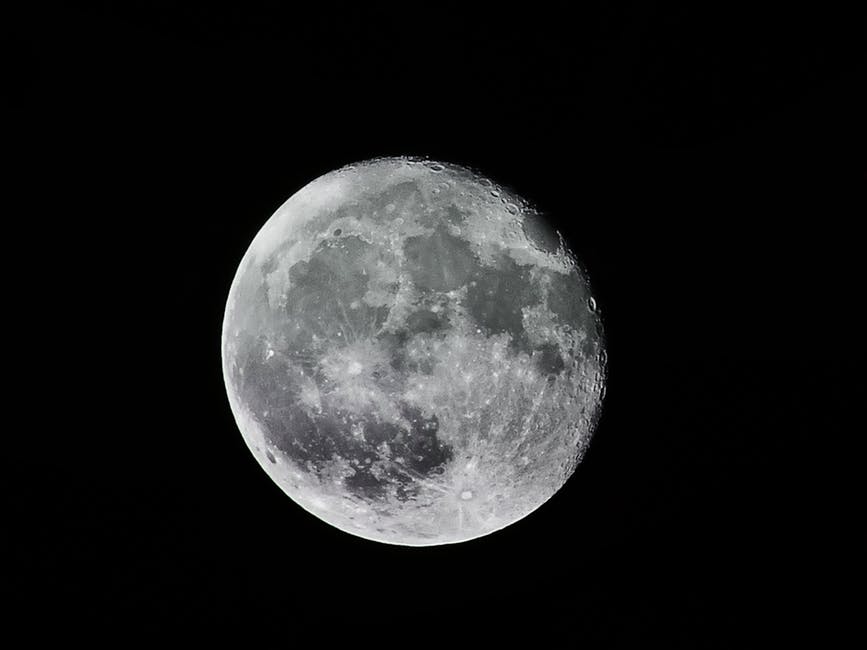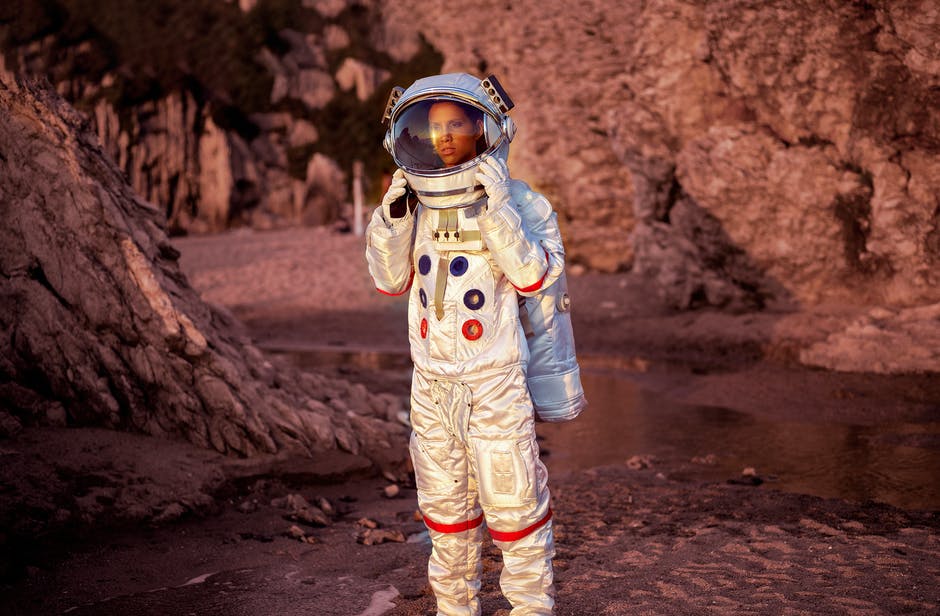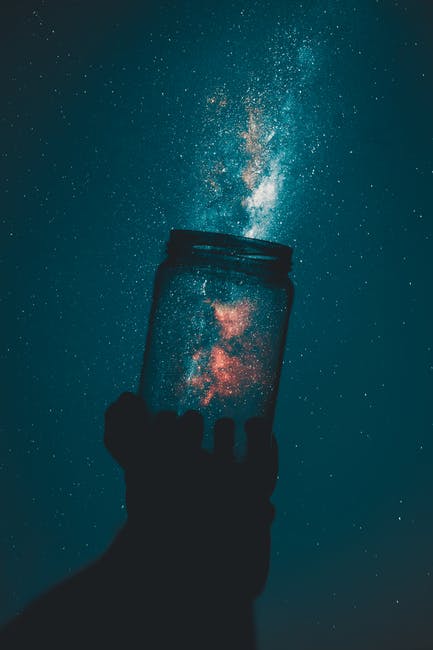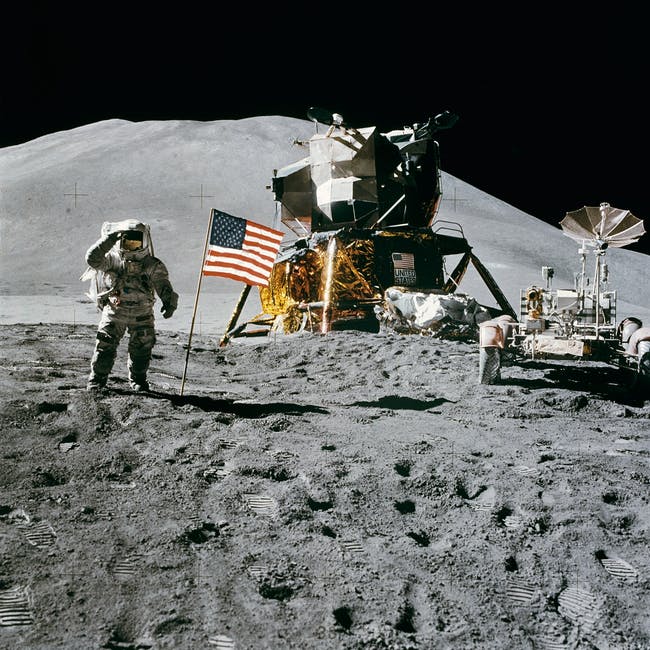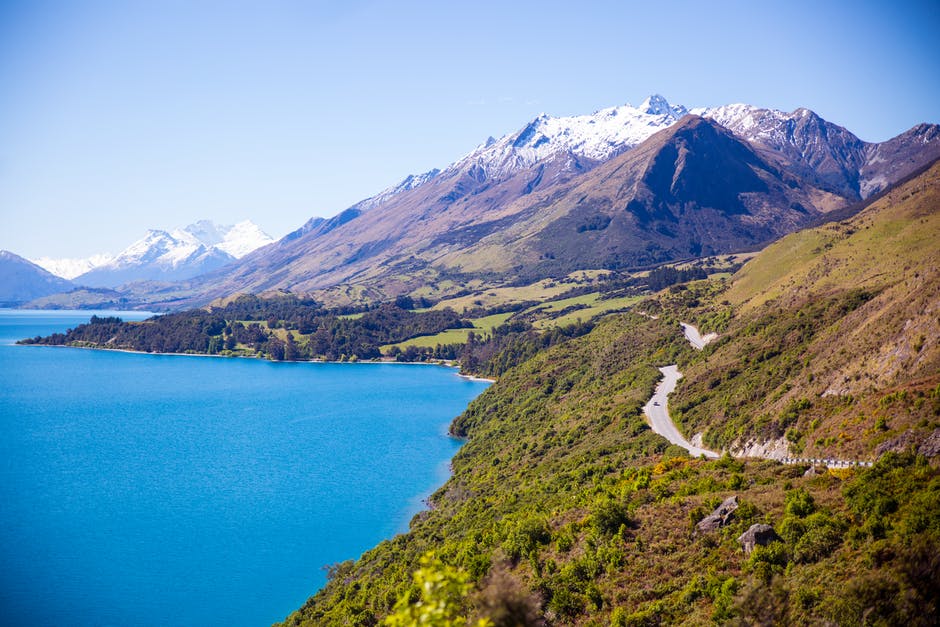Have you heard about the Apollo Program? If you are interested in space travel and going to the moon, you have surely heard about this. Here, we will explain it in detail.
The Apollo program's original goal was to prove that man could travel to, and walk upon, the moon. In the wake of the Cold War, space exploration lost priority in the Federal budget. It became a national priority again when the Soviet Union launched the first manned Earth-orbiting space station, and the space race was on. The Apollo program was designed to be a series of missions to the moon to accomplish specific goals, including precision landing and returning to Earth, as well as bringing back moon rocks to study.
While the Cold War race to the moon was a huge part of the reason we went there, another reason was that the moon is a "repository of the history of the solar system," according to Gary Lofgren.
When People Want to Check Out the Moon?
The moon has been associated with human culture since times immemorial. Our very own Earth's satellite has been a constant source of fascination, which led to a variety of interpretations in literature and art throughout the ages, ranging from the romantic to the vaguely nightmarish. Today, however, the moon is regarded as a place of scientific importance, with the potential to offer insights into a variety of phenomena, ranging from the evolution of life as we know it to the history of the Earth's crust.
In the late '60s, humanity took a huge step towards the stars when the United States and the Soviet Union sent astronauts to the moon. But why did we want to go to the moon? It wasn't just about putting a man on the moon. Any country could have done that with its technology at the time. But no, the U.S. and the Soviet Union sent a man to the moon to beat each other. It was more about how we would get to the moon than it was about actually getting there.
For thousands of years, our quest to reach and explore outer space has been a central part of who we are. From the ancient Greeks who first speculated about celestial bodies bigger than the Earth to the Apollo missions that brought the man to the moon, we have long been captivated by the idea of exploring the final frontier. I am one of the many who really want to go to the moon and have a real-life experience walking on it.
Moon as the Permanent Outpost of the Earth in Outer Space
Of all the planets in our Solar System, the moon is the largest natural satellite. It has a diameter of 3,474 km—almost as big as the planet Mercury, and a mass of 7.3461×10 22 kg. Its gravity is 1.62 m/s 2, which is about 16.6% of the surface gravity on Earth.
The moon is also Earth's only natural satellite. It is Earth's only permanent outpost in space, and it is where humanity went to plant its first flags.
Ever since mankind first looked up at the moon and saw it shining brightly in the night sky, we have been filled with a curiosity to explore and learn as much as we can about our nearest neighbor. Every space program has had this as a goal, and every space program has had to deal with technical, financial, and political hurdles to get there. And even after we finally reach the moon, we will still need to solve the problem of how we are going to get there regularly and sustainably.




